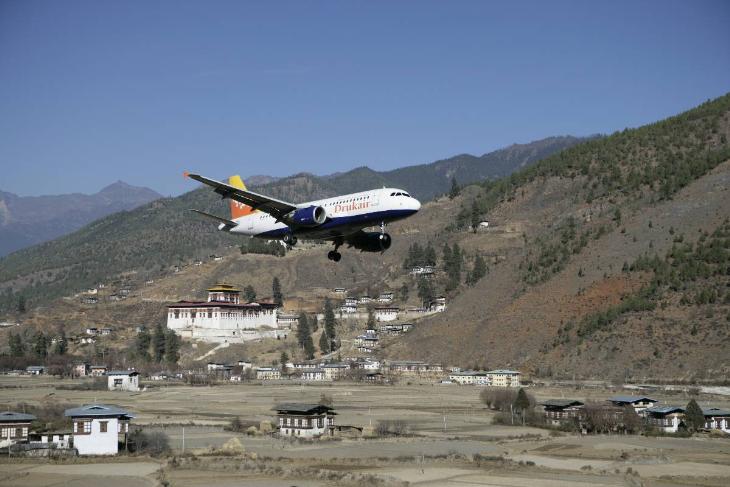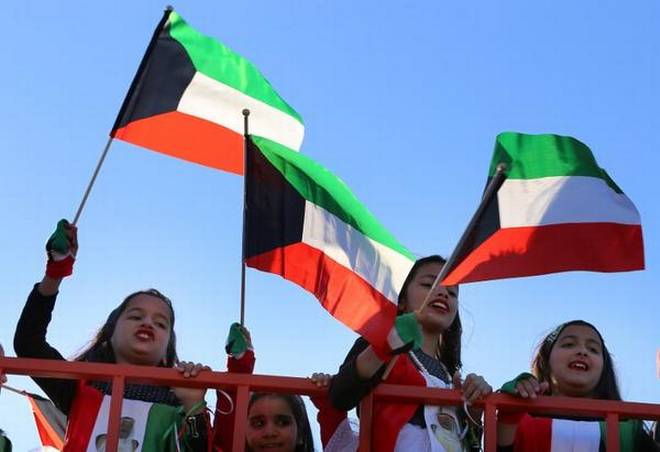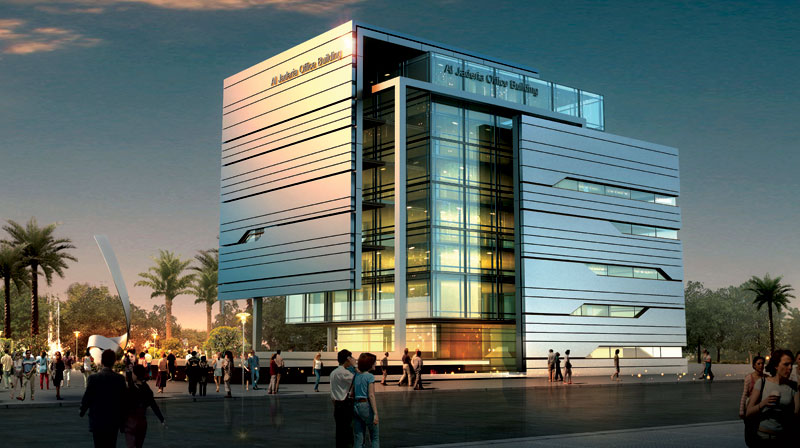Its annual average economic growth of 7.6 percent between 2007 and 2017 far exceeds the average global growth rate of 3.2 percent.
This high growth has contributed to reducing poverty: Extreme poverty was mostly eradicated and dwindled from 8 percent in 2007 to 1.5 percent in 2017, based on the international poverty line of $1.90 a day (at purchasing power parity).
Access to basic services such as health, education and asset ownership has also improved significantly.
The country has a total of 32 hospitals and 208 basic health units, with each district hospital including almost always three doctors.
The current national literacy rate is 71 percent and the youth literacy rate is 93 percent.
The recent statistics on lending, inflation, exchange rates and international reserves (Sources: RMA, NSB) confirm that Bhutan maintained robust growth and macroeconomic stability in the first half of 2018.
Gross foreign reserves have been increasing since 2012 when the country experienced an Indian rupee shortage.
Reserves exceeded $1.1 billion, equivalent to 11 months of imports of goods and services, which makes the country more resilient to potential shocks.
The nominal exchange rate has been depreciating since early 2018 (with ngultrum reaching Nu. 73 against the US dollar in early November).
However, since the Bhutanese ngultrum is fully pegged to the Indian rupee, the depreciation is mainly due to the depreciation of the Indian rupee.
And since India accounts for more than 80 percent of the country’s international trade, the price developments of these countries are parallel.
Therefore, the real effective exchange rate has been stable. External debt remained high but had not increased significantly. The 2018 World Bank-IMF Joint Debt Sustainability Analysis concluded that the risk of debt distress was moderate.
On the downside, the Bhutanese economy faces a few risks such as further delays in hydropower construction, scarce donor financing, policy uncertainty, and adverse weather events.
To manage these risks, accelerating the reform momentum after the 2018 elections is key to consolidating and furthering Bhutan’s development.
This is the main message of the recently launched Bhutan Development Update November 2018
The first tasks of the new government are to revise the FY2018/19 budget (an interim budget is currently in place) and endorse the 12th Five-Year Plan (FYP).
Our baseline scenario – in other words, without the materialization of the downside risks – is that the economy would grow 6 percent a year over the medium term, almost the same as the annual average growth rate in the past five years.
The ongoing hydropower projects and the services sector, especially tourism, are likely to support growth.
With the completion of one of the major hydropower projects in late 2018, exports are expected to increase in the next fiscal year, while imports are expected to ease decline due to lower capital goods imports for hydropower projects, as well as overall lower public investment, thus contributing to narrowing the current account deficit.
In addition, external debt as a share of to GDP is also expected to decline, due to elevated repayments and faster GDP growth.
However, as the hydropower projects contribute little to job creation, the direct impact of growth on poverty reduction is expected to be modest.
Due to low-productivity growth in agricultural activities (which still accounts for nearly 60 percent of employment) and the limited private sector development, the transition out of farming into more productive jobs will likely happen at a slow pace.
Source:https://blogs.worldbank.org/endpovertyinsouthasia/update-bhutan-s-economy










